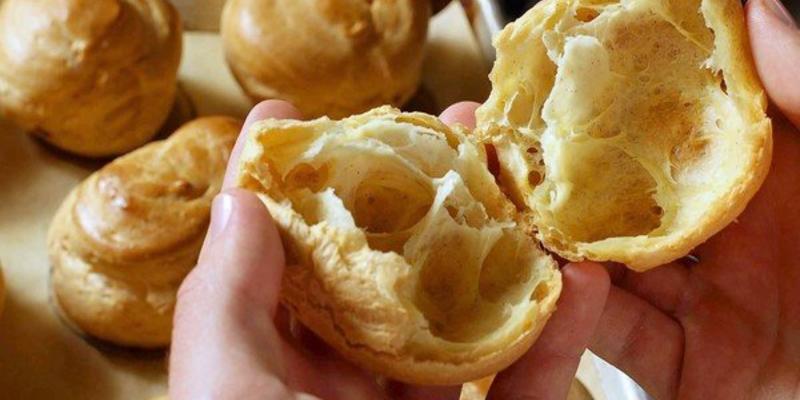
I just bought Dansko shoes for the first time in my life. Sexy they are not, but they are highly practical in the kitchen and go reasonably well with the pair of jeans I usually wear when I'm cooking, especially the sassy, oiled red shoe variety pictured below.

I've been cooking for years, so why now? Why today? A giant of a French chef told me years ago in Fauchon's kitchen that if I didn't wear the right shoes and stand up straight while I prepped, I'd be crooked by the time I was 40. Maybe that was the impetus, but I think it has more to do with transition.
Some people can leap from one project to another with reckless abandon. I'm not one of them. I need time, if only a few days, to clear the decks, clear the desk, clear my brain, empty the nest, and get pumped up before starting all over again.
So today, the literal eve of the official beginning of my next cookbook (cookbook #6!), I'm transisting and taking the brave leap from the nuances of delicate, layered French sauces to the puffy, stalwart realm of choux pastry. And I'm kicking it all off with a brand new pair of red shoes.
Unlike the tart pastry I manipulated in Tart Love or the sauces I created for The French Book: Sauces (Gibbs Smith, March 2013), choux pastry is one tough little nut. It likes to get beat up pretty good to activate the gluten and choux pastry's unique rising effect—aided only by butter and egg yolks. Nutty and savory in flavor, once cooked, choux pastry can be filled with anything from whipped cream to bacon and eggs. It's a huge sweet and savory universe all of its own and can be formed into little balls (cream puffs) or longer tubes (eclairs).
Not only delicious, these little treats are amazingly versatile. In the sauces cookbook, my primary task was to reveal the technique and versatility of sauces while adhering to the classic "recettes" for the five French mother sauces. Here, my task load is a little more free-form—to find an excellent, practical technique for making choux pastry itself, and coming up with all kinds of beautiful and delicious flavor pairings.
My head has been adrift for days and weeks with such thoughts: on the sweet side, lemon and mascarpone and pumpkin and cream cheese; on the savory, BLT cream puff sandwiches and French onion choux. And the list goes on and on. I'm ready to have some fun and get some flour dust on my pretty new shoes. Please jump on the bandwagon with me and let me know of any ideas you have. I'd love to give them a go!
Since these pastries are all ideas in the making, I'm going to leave you with a recipe for fail-proof roasted chicken—perfect for any feast this time of year.
Perfect Roasted Chicken
Roasting chicken is simple and so rewarding when done with love for the people seated at your table. Basting is really the key. Keep giving back to the chicken what it gives to you in juices. Use a sturdy roasting pan and a roasting rack to keep the chicken off the bottom of the pan. In addition to creating a safe spot for the chicken to nestle while it's cooking, the rack enables better browning.
Ingredients:
1 (3 to 4-pound chicken)
Sea salt or kosher salt
Freshly ground black pepper
8 sprigs fresh thyme
1 shallot halved
1 small carrot, peeled and cut into 3-inch lengths
1 small celery rib, trimmed and cut into 3-inch lengths
2 tablespoons unsalted butter, thinly sliced
For basting:
3/4 cup good-quality white wine (e.g. Sauvignon Blanc or Chardonnay)
3/4 cup chicken stock
Instructions:
Preheat oven to 375F. Rinse the chicken and pat dry. Trim off and discard wing tips and any excess fat from near the cavity. Season the cavity generously with salt and pepper. Fill the cavity with the thyme, shallot, carrot, and celery. Loosen the skin on the chicken breast from the flesh by slipping your index finger under the skin and gently prying it loose. Place the sliced butter under the skin of the breasts, spacing evenly.
To truss the chicken, arrange it on your work surface, back side down. Run kitchen string underneath the bottom of the spine and around the bottom of the legs. Cross the string over itself and now guide it up on both sides of the breasts, along the crease where the thighs and the breasts meet. Flip the chicken over, wrap the string around the wings, and pull tightly to form a knot. Trim off the excess string. Season the chicken generously all over with salt and pepper. Bake until the skin is a pale golden color and a skin/salt crust begins to form, about 20 minutes. Reduce heat to 350F. Combine the wine and stock and baste the chicken, starting now, every 20 to 25 minutes, until it's done, about 1 1/2 hours (count on about 20 minutes for every pound). Test for doneness by piercing the chicken between the leg and the breast; it is cooked when the juices run clear. Remove the chicken from the pan, cover with aluminum foil, and rest for 20 minutes.
To carve the chicken, cut the legs away from the body, and cut each into two pieces at the joint. Carve the breasts away from the carcass and cut each horizontally into two pieces.
Serve immediately. Delicious with rice, mashed potatoes, and a simple side of sauteed mushrooms or spinach. Bon appetit!
Cover image: (Bob Chamberlin / Los Angeles Times)